
Edge computing can be understood as the transformation of the framework which is placed closer to the source of the data. The users no longer have to depend on the cloud and its data centers to collect all data required. Cloud is a computing application where users have access to software applications, different computers, and IT-related information over the internet from different data centers through a network connection. It is currently used for entering data into the systems of the cloud. The data collected from online resources, such as Internet of Things (IoT) devices, is packaged for processing and then examined at the edge before the data is sent to a cloud or to its data centers. Internet of Things is useful for gathering data because it is a system that interconnects and creates unique identifiers for computing devices, digital machines, objects, animals, and people. The data stored within the unique identifiers are then transferred over a network without the requirement of a human-to-computer or human-to-human interaction.
Benefits from Edge Computing
There are many advantages a user can get with the usage of edge computing as edge computing provides users with enhanced performance of the available applications. The apps are able to gain lower latency levels on the edge of edge computing, something that cloud and data centers do not accept. Similarly, users are able to get real-time data analysis from a local device that is located near its source. Due to this, the processing time for the user decreases since the data does not have to be sent to a Cloud or data center.
Since a single network is no longer used to transmit information to a cloud or data centers the network traffic is also reduced. Each source in computing has its own network closer to its source which substantially reduces the traffic.
Furthermore, only the information that needs to be examined is transferred. Also, using edge computing decreases the operating costs of a cloud and the data centers. It only requires managing the smaller local devices therefore the expenses are less. It does not require connectivity to process and transmit data which is helpful during poor and intermittent connection through IoT. Decisions can be made without the requirement of a connection without waiting for a command from some other location which reduces the travel time and the time loss. Moreover, it provides users more reliability and security because the data is transferred closer to the edge through edge devices. Since the data is transmitted without the interference of a cloud or data centers, less data is stored which makes it difficult for hackers to hack.

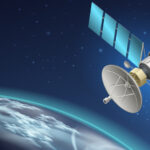





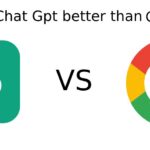

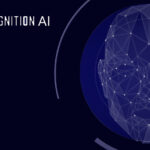
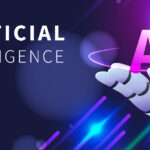


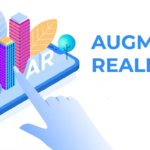

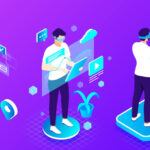
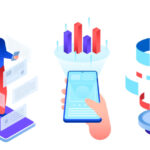

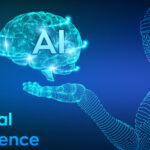







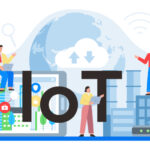


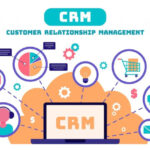









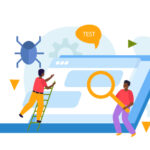





Recent Comments